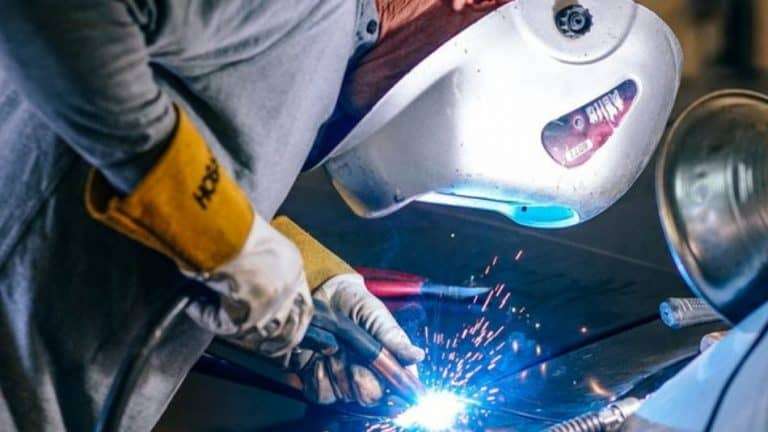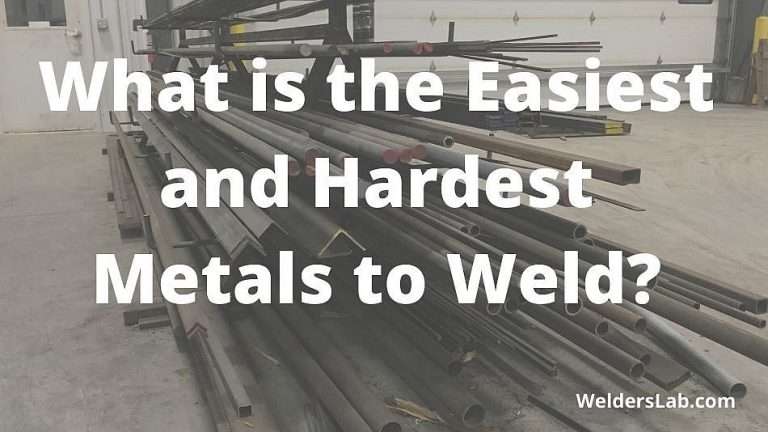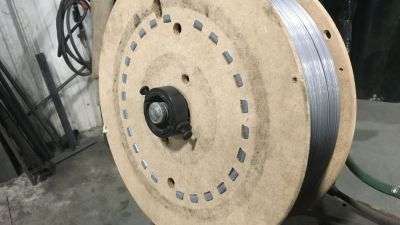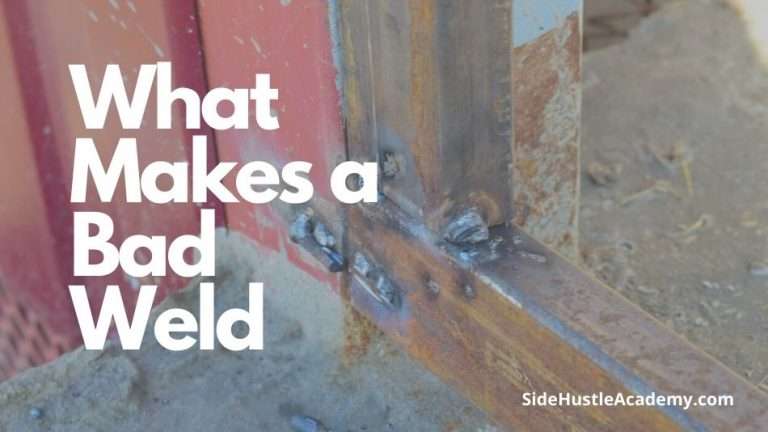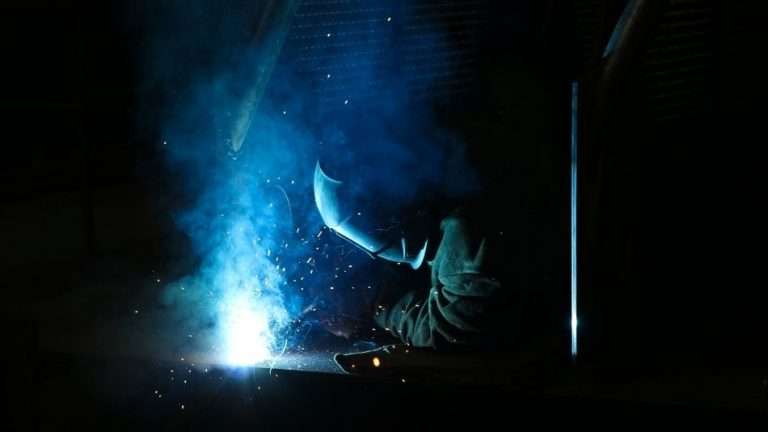How Much Gas Does MIG Welding Use
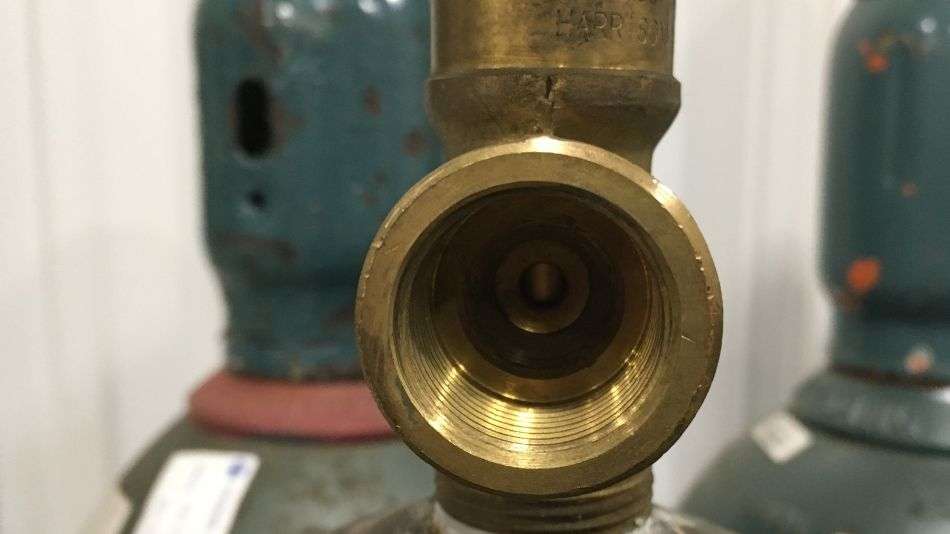
In my last article I talked about how to weld without using gas for your MIG welder but in today’s
How much gas does MIG welding use? For most average size welds you’ll want 25 to 30 cubic foot pounds per hour (CFH) but the thicker your metal is that you’re welding the more gas (CFH) you will need to complete the weld and give it an aesthetically pleasing look.
I should also mention that knowing this is very important. I’ve made the mistake in the past of not knowing this and it has cost me a lot and in this
How Much Gas Should Your MIG Welder Use
When it comes to welding gas and how much you should be using as you weld is determined in cubic
This means that if you had your welder set at 25 CFH and you would hold the trigger on your welding gun for one hour you would essentially move 25 cubic
So how much gas should your MIG welder have as its welding? Well, this all depends on the thickness of the metal you are welding. With thinner metals, you don’t need as much and with thicker materials, you’ll need more.
So here is a basic chart that shows roughly how much CFH you should use based on the thickness of the metal you are welding.
- 1/4″ metal and thinner should be at minimum 15 CFH up to 20 CFH
- 3/8″ metal should be at a minimum of 18 CFH up to 22 CFH
- 1/2″ metal should be at a minimum of 22 CFH up to 27 CFH
- 5/8″ metal should be at a minimum of 30 CFH up to 35 CFH
- 3/4″ metal should be at a minimum of 30 CFH up to 40 CFH
As you can tell I gave you a range of numbers because there are a few variables that you need to consider as your setting the CFH.
One is obviously the thickness of the metal the other is the wind factor. If you are welding indoors then this won’t likely be a problem but it you’re welding outside this could be a big issue.
The reason for this is that even a slight breeze could disrupt the sheilding gas around the weld. This means you may have to run at a slightly higher CFH to offset for the wind.
However, if it is
To do this you might use a piece of metal or even a giant piece of cardboard to block the wind. Just be careful that you don’t start a fire.
Why Don’t They Use PSI Instead of CFH
PSI stands for pressure per square inch which basicly measures how much pressure something is under. For example, the tire on my car has 40 PSI in it.
The problem with using PSI is that it doesn’t tell you how much air is in a given space. Just like in the car tire example its not telling you how much air is in the tire.
This is why they use CFH because it is measuring the volume of gas that is in a given area. So if you’re using 30 CFH and your tank holds 150 CFH the tank of gas for your welder should last roughly 5 hours.
Side Note: Welding gas is sold by the CFH (cubic foot-pounds per hour) not by PSI.
How Can You Check How Much CFH You’re Using
The big question is how do you check to see how much CFH you’re using so you get the correct amount because the last thing you want to do is waste the gas.
To check your CFH their are two ways to do this.
#1 The Flow Meter
The flow meter is a long glass cylinder that has a tiny ball in it like the one I shone to the right. The way it works is when the gas passes through the meter it raises the ball according to the foot pounds it’s using.
The higher the ball rises in the gauge the more foot pounds you are using. In order to check how much you are using turn your welder and open the valve on your tank.
Side Note: You may want to remove the wire from your welder so you don’t waste it as your testing things. Also, this will prevent the wire from accidentally arcing on anything.
Next hit the trigger on your gun and look at the meter to see how far the ball is going up. If the ball is not in the ranges that I mentioned above slowly adjust the valve on the flow meter till it falls in the correct ranges.
#2 The Regulator
The second option to consider is the regulator. This device is similar to a flow meter but instead of using a ball in a glass tube it uses a dial gauge.
Regulators typically come with two dial gauges on them. One tells you how much CFH is in the tank and the second shows you how much CFH you’re using.
To check your CFH with the regulator do the same thing as you did with the flow meter but use the output gauge to tell you how much gas you’re using.
What Happens if I Don’t Have Enough Gas
So you might be wondering what happens if you don’t use enough gas as you’re welding. This means the weld will be getting to much oxygen and won’t let it penetrate very deep into the base metal.
The filler metal may also look pitted and not look very aesthetically pleasing to the eye.
Basically if your looking for weld that’s strong and looks good you’re not going to get this with less gas.
What Happens If I Have to Much Gas
So what happens if you have to much gas when you’re welding you might ask.
First, you’ll be wasting the excess gas. Just because you have more gas on your weld doesn’t necessarily mean it will be
Second, to much gas could actually force the shielding gas away from the weld. The weld itself would look like it has a bunch of pin holes and again not look good and not penetrate as well.
Does CFH Change With Different Types of Gas
In most cases, the cubic foot-pounds per hour will not change depending on the type of metal you are welding or the type of gas you are using.
Most welders will use either a single gas, two gases, and even three gases but usually the change is so minor that you likely won’ even notice it.
Related Questions
#1 What gas does a MIG welder use? MIG welders use a variety of gases depending on the metal you are welding, With mild steel, you’ll use a mixture of CO2 and argon. With stainless steel, you’ll use a tri-mix of helium, argon, and CO2. Finally, with aluminum, you’ll use pure argon or even argon with helium.
#2 How do gas-less MIG welders work? Gas-less MIG welders work by using flux core in a tubular wire. As the wire melts it burns the flux at the core of the wire creating a shielding gas around the weld.
#3 What gas should you use a beginner? For beginners, you’ll want to start with mild steel and in order to weld that you’ll need a 75/25 gas which is a mixture of 75% oxygen and 25% CO2.
Now that you have a good understanding of how much gas you should use as your welding with MIG you should have no problem getting things set up and going.
So how about you, what CFH are you setting your welder at? Share your thoughts and comments below.

